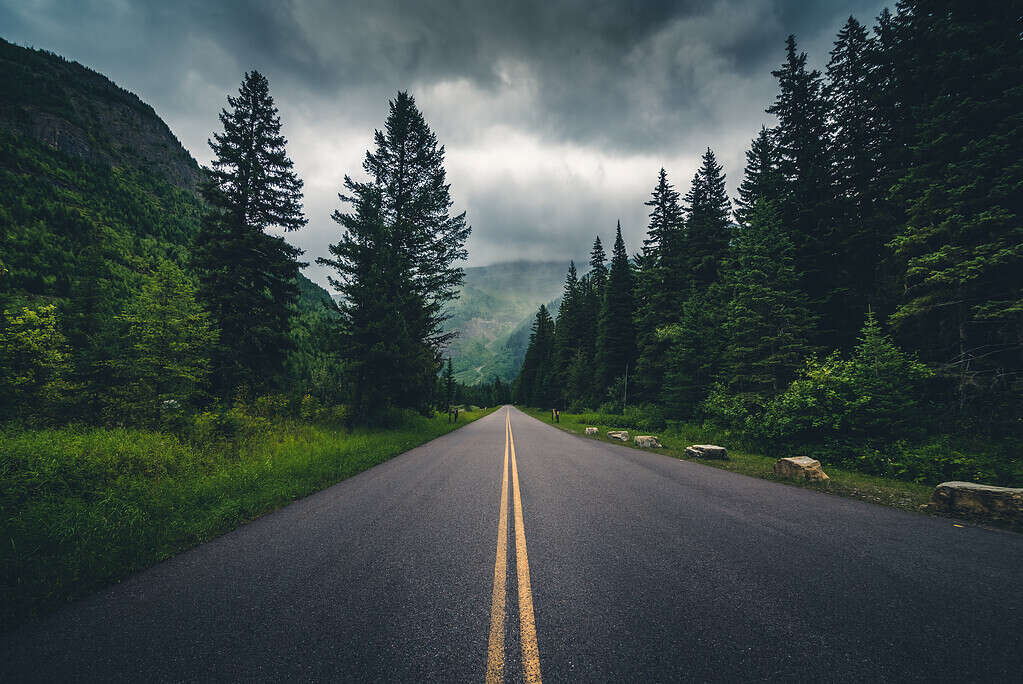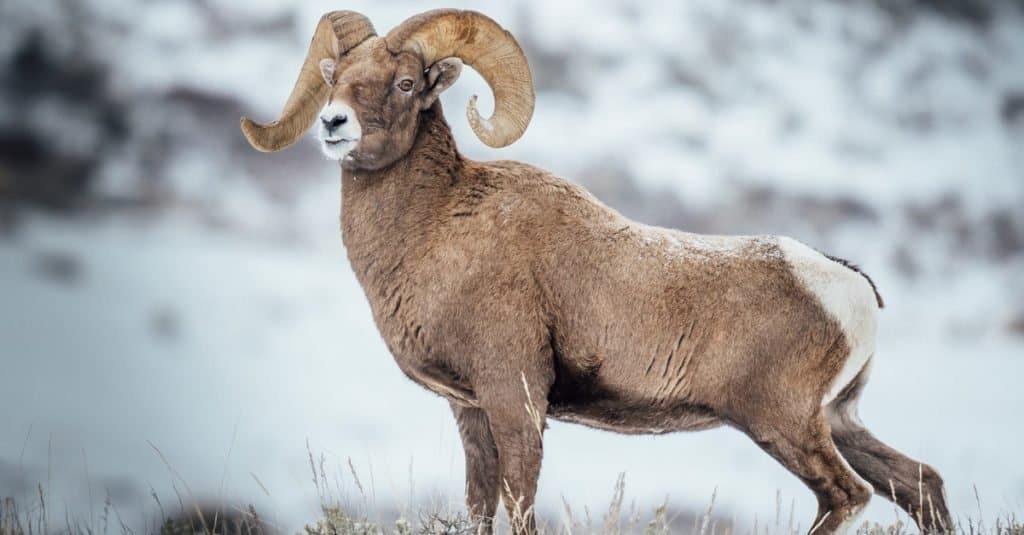15 Glacier National Park Facts That Will Blow Your Mind
Glacier National Park in Montana is one of the few states where you can see glaciers with your own eyes, but unfortunately, not for long. Due to above-average temperatures and below-average precipitation over the past century, glaciologists estimate that all the park’s glaciers will melt by 2030. If that’s not enough reason to push the Montana vacation to the top of your bucket list, maybe these mind-blowing Glacier National Park facts will inspire you!

©RyanTangPhoto/Shutterstock.com
1. Glacier National Park Was Formed After the “Little Ice Age.”
The “Little Ice Age” was a period of cooling in Europe and North America lasting from about 1650 to 1850. No one knows exactly what caused it; maybe volcanic activity or some changes in solar radiation or Earth’s orbit. But those 200 years contributed to snowy winters and growing glaciers in Montana. When the park was founded in 1910, it had between 80 and 150 glaciers over 25 acres in size!
2. The Glaciers Are Melting

©Stephen Moehle/Shutterstock.com
Today, as a result of higher-than-average temperatures and low levels of rainfall and snowfall, only about 25 glaciers remain. Sadly, these are forecast to melt away by 2030.
3. Glacier National Park is Part of a Larger International Park
The park is located in Montana on the border of Canada. On the Canadian side is Waterton Lakes National Park in Alberta. In 1932 these were combined into the Waterton-Glacier International Peace Park. As a result, hikers can make their way along trails seamlessly across the border to enjoy the wilderness on both sides of the border.
4. The Park is Bigger Than Rhode Island
The total land area of Glacier National Park is over one million acres or 1,562 square miles. This is a little larger than the state of Rhode Island, which measures 1,214 square miles.
5. It is Bursting with Life

©John Raptosh/Shutterstock.com
Glacier National Park is home to about 1,132 species of plants, 277 species of birds, and 71 species of mammals. Its forests include aspens, cedars, pines, Douglas firs, larch, birch, and spruces. Iconic birds in the park include bald eagles and golden eagles, ospreys, Canada geese, great blue herons, and many more. Deer and carnivores abound – moose, bighorn sheep, elk, mule deer, coyotes, grizzly bears, wolves, lynx, mountain lions, and wolverines.









